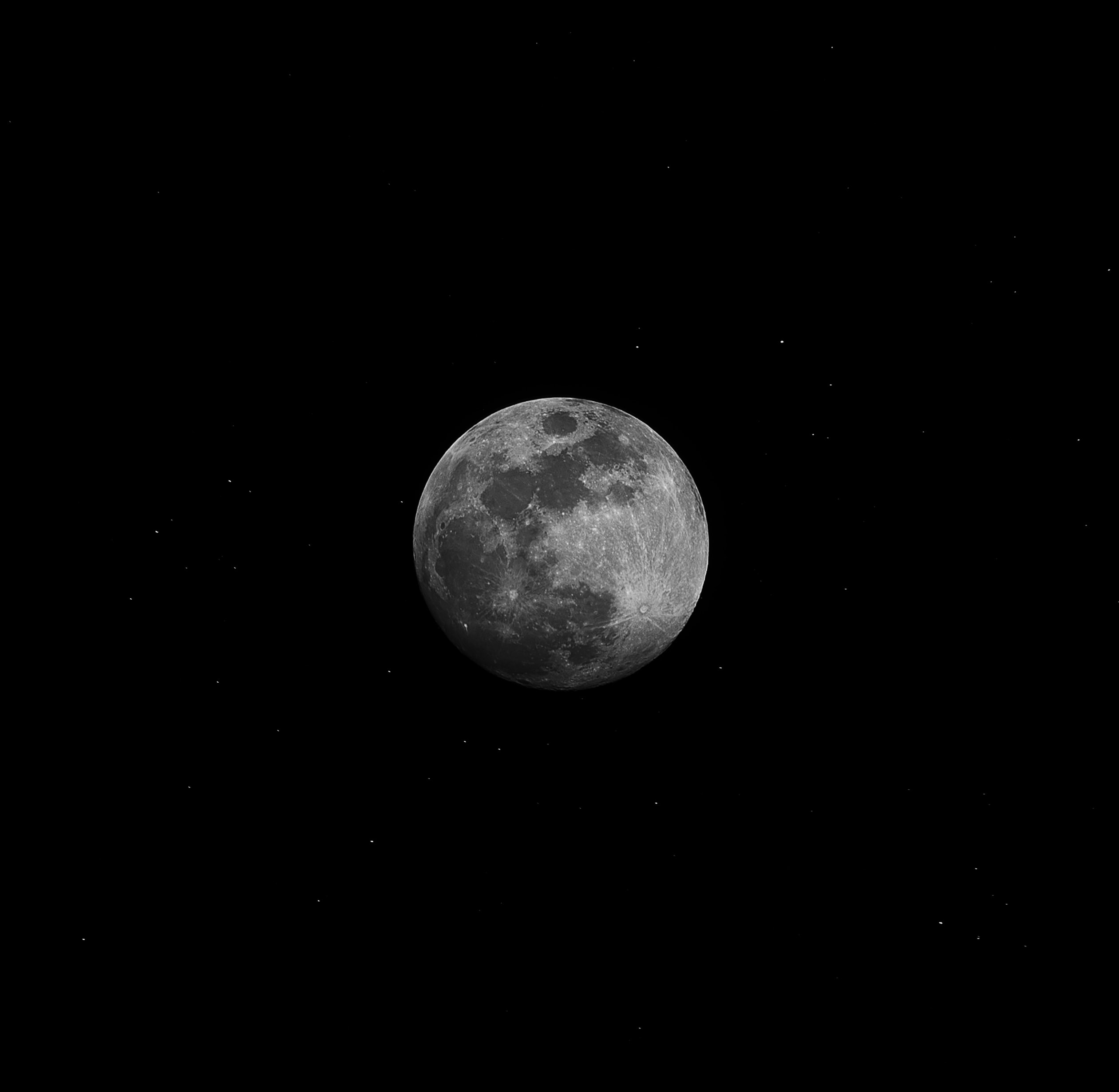How Does the Moon Affect Plants and Animals?
For centuries, humans have been captivated by the radiant glow of the moon. Its celestial beauty has inspired folklore, art, and even scientific research. While the moon may seem like a distant celestial body, it has a subtle yet significant impact on life here on Earth. In this blog post, we will explore how the moon affects plants and animals, unraveling the mysterious connections between our earthly inhabitants and the celestial dance of the moon.
The Moon’s Phases and Tides
The moon’s influence on Earth can be observed through the cycles of its phases. As the moon orbits our planet, it goes through different phases, each lasting approximately 28 days. These phases, including the new moon, waxing crescent, first quarter, waxing gibbous, full moon, waning gibbous, third quarter, and waning crescent, play a crucial role in influencing the behavior and biology of various organisms.
One of the most evident ways the moon affects Earth is through its gravitational pull, which causes the tides. The moon’s gravitational force pulls on Earth’s oceans, creating high and low tides. These tidal changes have a profound impact on coastal ecosystems, where many plants and animals thrive.
For example, mangrove trees have evolved to tolerate frequent tidal flooding and are well adapted to the moon’s influence. Their seed dispersal and germination are intricately linked to the tides, and their reproductive success relies on the gravitational cues provided by the moon.
Plants and the Moon’s Phases
Many plants have intricate relationships with the lunar cycle, with specific phases triggering different physiological responses. For instance, during the full moon, some plants are known to display increased nocturnal activity. This phenomenon, known as lunar photoperiodism, is thought to be a result of an evolutionary need to take advantage of increased light levels during the full moon.
The lunar cycle is also believed to influence flowering patterns and seed germination in some plant species. Studies have shown that certain flowers synchronize their blooming with specific phases of the moon. Additionally, seeds exposed to low-intensity moonlight during certain phases exhibit enhanced germination rates. However, the exact mechanisms behind these phenomena are still not fully understood and require further investigation.
Animal Behavior and Moonlight
Animals have long been observed to exhibit different behaviors and activities depending on the moon’s phase. Nocturnal animals, in particular, rely on moonlight to navigate, communicate, and hunt.
Marine creatures like coral spawn during specific lunar phases, taking advantage of the moonlight to synchronize their reproductive efforts. Many fish species also exhibit increased feeding activity during the full moon, capitalizing on the heightened visibility it provides in dimly lit aquatic ecosystems.
Furthermore, the moon’s phases can influence breeding patterns in various animals. For instance, certain species of frogs and toads synchronize their mating calls with the full moon to maximize their chances of finding a mate. The increased light during this phase assists in locating potential partners and ensures the successful continuation of their species.
Circadian Rhythms and Moonlight
The moon’s influence extends beyond its direct illumination. It also affects an organism’s internal biological clock or circadian rhythm. Circadian rhythms govern various physiological processes, including sleep-wake cycles, hormone regulation, and metabolic activity.
Research has shown that moonlight can modulate the circadian rhythms of a wide range of organisms, from insects to mammals. Even in the absence of direct moonlight, animals may detect variations in the moon’s magnetic field or lunar-related changes in ambient light levels, enabling them to adjust their internal clocks accordingly.
For example, studies on fruit flies have revealed that their circadian rhythm is influenced by the moon’s phases and its associated changes in moonlight intensity. These findings indicate that the moon’s influence goes beyond merely providing illumination, but actively influences an organism’s biological processes.
Conclusion
The moon’s effect on plants and animals is much more than simply waxing and waning in the night sky. From shaping tidal ecosystems and influencing flowering patterns to modulating animal behavior and circadian rhythms, the moon’s influence is a fascinating and complex phenomenon.
While we have made significant progress in understanding these connections, many aspects of the moon’s effect on plants and animals remain shrouded in mystery. Further research is necessary to unravel the intricate mechanisms through which our celestial neighbor influences life on Earth. The moon continues to captivate our curiosity, reminding us of the interconnectedness of the natural world and the boundless wonders it holds within its celestial embrace.
Table of Contents
